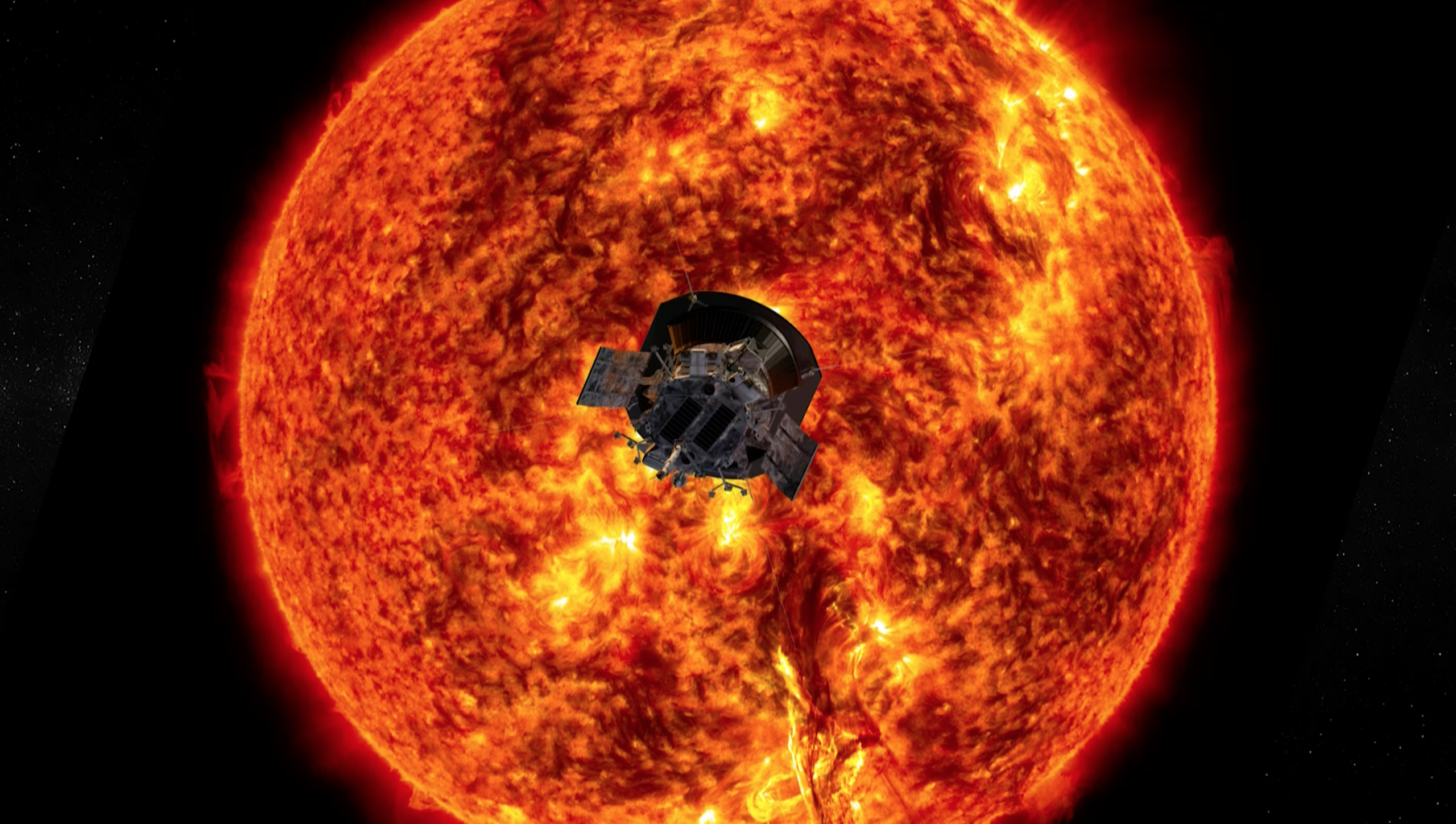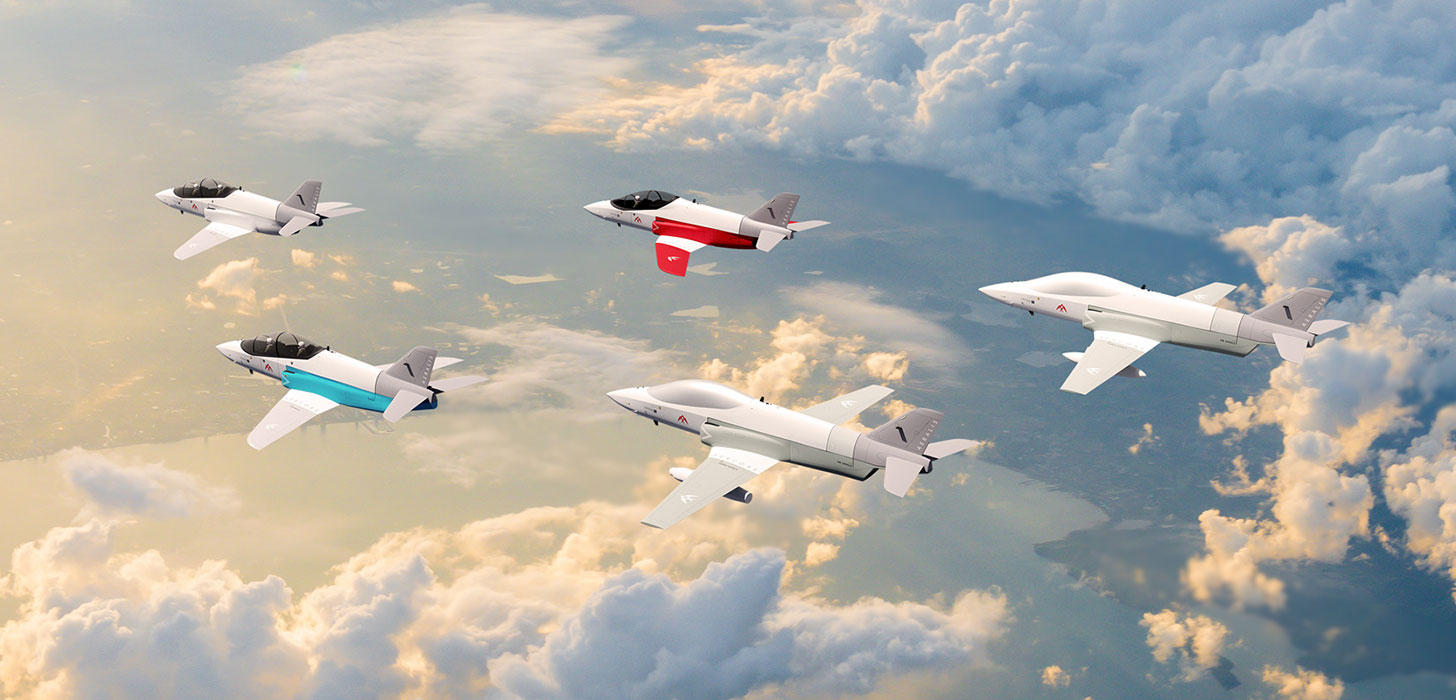NASA’s Parker Solar Probe recently ventured through a significant solar eruption, capturing the entire event with its cameras, marking the first-ever close-up footage of such a solar explosion.
Unveiling Solar Secrets
While sending a valuable satellite into a high-intensity plasma explosion from the Sun may seem risky, NASA’s sturdy Parker Solar Probe completed the mission successfully due to its preparedness for the Sun’s harsh conditions. It’s equipped with specialized instruments for studying the Sun’s atmosphere and solar wind. Recently, scientists revealed rare footage of a solar event featuring the eruption of an immense amount of extremely hot gas.
This mission represents another significant stride toward a deeper understanding of our nearest star and its impact on Earth.
Navigating Through Solar Storms
On September 5, the spacecraft passed through a plasma flare known as a coronal mass ejection (CME), described as “one of the most powerful” ever recorded. This event involves the ejection of plasma and magnetic fields from the Sun’s outermost atmospheric layer, the corona.
The probe survived thanks to its super heat-resistant, 4.5-inch-thick carbon-composite shield, capable of withstanding temperatures approaching 2,500 degrees Fahrenheit – exceptionally hot indeed.
The satellite’s mission aimed to study how CMEs interact with space dust and their combined impact on “space weather.” These solar disturbances not only affect the space environment around our Sun but also disrupt telecommunications and electrical equipment on Earth.
The Parker Solar Probe’s data is instrumental in helping researchers comprehend and predict CMEs, which can disrupt Earth’s magnetic field and cause issues such as power outages. This mission stands as a remarkable achievement in science, offering insights to better safeguard against these solar events.







